Swann Song
A Last Hurrah for the Ritter Collection of Artist Books By Ellen Firsching Brown
Last month Swann held the largest auction of modern illustrated books in recent memory. The 200-piece collection, assembled by Arizona collector Mel Ritter over a period of 35 years, was a veritable what’s what of book art, everything from early 20th-century livres d’artiste by Picasso and Braque to modern fine press works and sculptural book objects.
When asked to identify the theme of his diverse collection, Ritter said the only unifying thread was that they were all books he liked and enjoyed. He did not limit himself to any particular subject, format, or artist. “Enjoy the art is my attitude,” he said, describing his catholic method to book-buying. No slave to popular taste, he bought at all price ranges without concern for what the market considered desirable or important. “I didn’t buy them as investments,” he said. By way of example, he mentioned that he recently had the opportunity to buy Chagall’s seminal Bible at a great price. “So what?” he said of his decision to pass it up. “I didn’t like it, so I didn’t buy it.”
Despite the recent economic doldrums, the market saw merit in what Ritter had accomplished. The sale realized a hammer total of $371,575, just shy of the low estimate of $387,200, with 87 percent of the lots sold. Although not a roaring take, it was a respectable showing, especially considering how poorly the art market has fared this spring. Swann Chairman George Lowry believes the sale might have taken in 15–20 percent more a year ago, but was satisfied with the results. “The estimates were spot on,” he said. “Of the 56 items that sold for over $2,000, 23 were within estimate and 21 were above.”
Peter Strauss, a collector of high-end livres d’artiste, was impressed by the results. Before the sale, he had viewed the Ritter catalogue skeptically. To him, the offering seemed too much of a mixed-bag to generate much interest. He attended hoping to pick up some of the better pieces, such as Jim Dine’s The Apocalypse, the Revelation of Saint John the Divine, at bargain prices. He came away empty-handed, surprised there were no big steals to be had. The Dine, for instance, sold for $14,400 (premium included), just under the $15,000 low estimate. After witnessing the sale, Strauss better appreciates the appeal of a broad collection like this. “It is very rare that you find someone with this kind of passion,” he said of Ritter. “That was a big attraction here.”
The attraction was a strong one, particularly for some of the most obscure works. Lot 204, a grouping of 12 miscellaneous small press pieces, was an oddball set at the end of sale. Artist Ed Hutchins, several of whose works were included in the sale, told me that this lot consisted mostly of ephemeral pieces he had sent Ritter over the years in appreciation of his support. Despite its inauspicious origins and positioning in the sale, the set sold for $3,840 (premium included) on a $2,000 to $3,000 estimate. Hutchins considers it a bargain even at that price, pointing out that it contained works by artists such as Amos Paul Kennedy, Jr., one of the few African-American book artists.
In Hutchins’ estimation, the Ritter sale was a “terrific” event. He was particularly enamored of the preview exhibition, which he attended multiple times. To him, it was the “chance of a lifetime,” to personally handle so many different types of books. He was not surprised to see other people there studying the volumes intently and taking “copious notes.” He predicts the catalog, which he describes as “hugely impressive, well-researched, and informative,” will become “a landmark reference guide” in years to come.
“Enjoy the art is my attitude.”
Ritter knew he was taking a risk going to auction in this economic climate. But, being 82 years old, he felt it was time for the books to find new homes. He chose to go the auction route—a sometimes fickle market for artist books—because he wanted to generate exposure and arouse interest in these types of books. “I was hoping to get people to understand what these books are,” he explained. “So many people have no idea.”
Was he happy with the results? “It didn’t do as well as I was hoping,” he said, two days after the sale, “but it wasn’t as bad as I thought it might be. I’m very happy.” Then he paused a minute. “It wasn’t enough, but what the hell? It’s just money. Art is very different from money, and this collection was about art.”


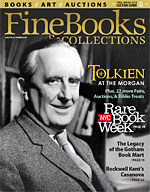





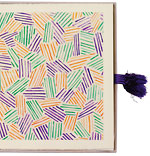
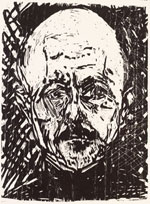

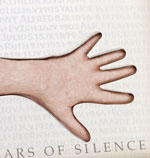
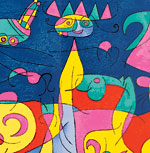
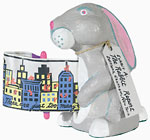
 Ellen F. Brown is a freelance writer who specializes in stories about antiquarian books and the fine arts. Her forthcoming book is called Margaret Mitchell’s Gone With the Wind: A Bestseller’s Odyssey from Atlanta to Hollywood.
Ellen F. Brown is a freelance writer who specializes in stories about antiquarian books and the fine arts. Her forthcoming book is called Margaret Mitchell’s Gone With the Wind: A Bestseller’s Odyssey from Atlanta to Hollywood.